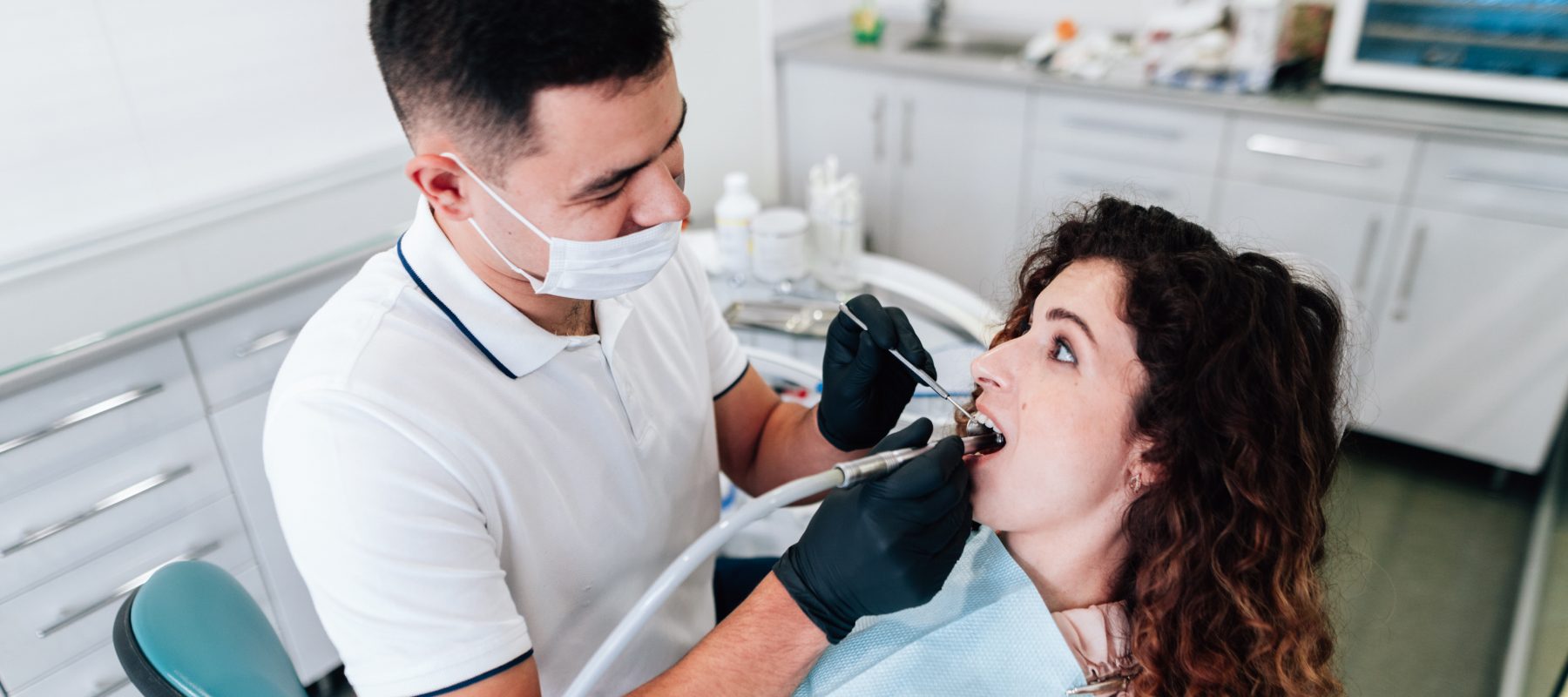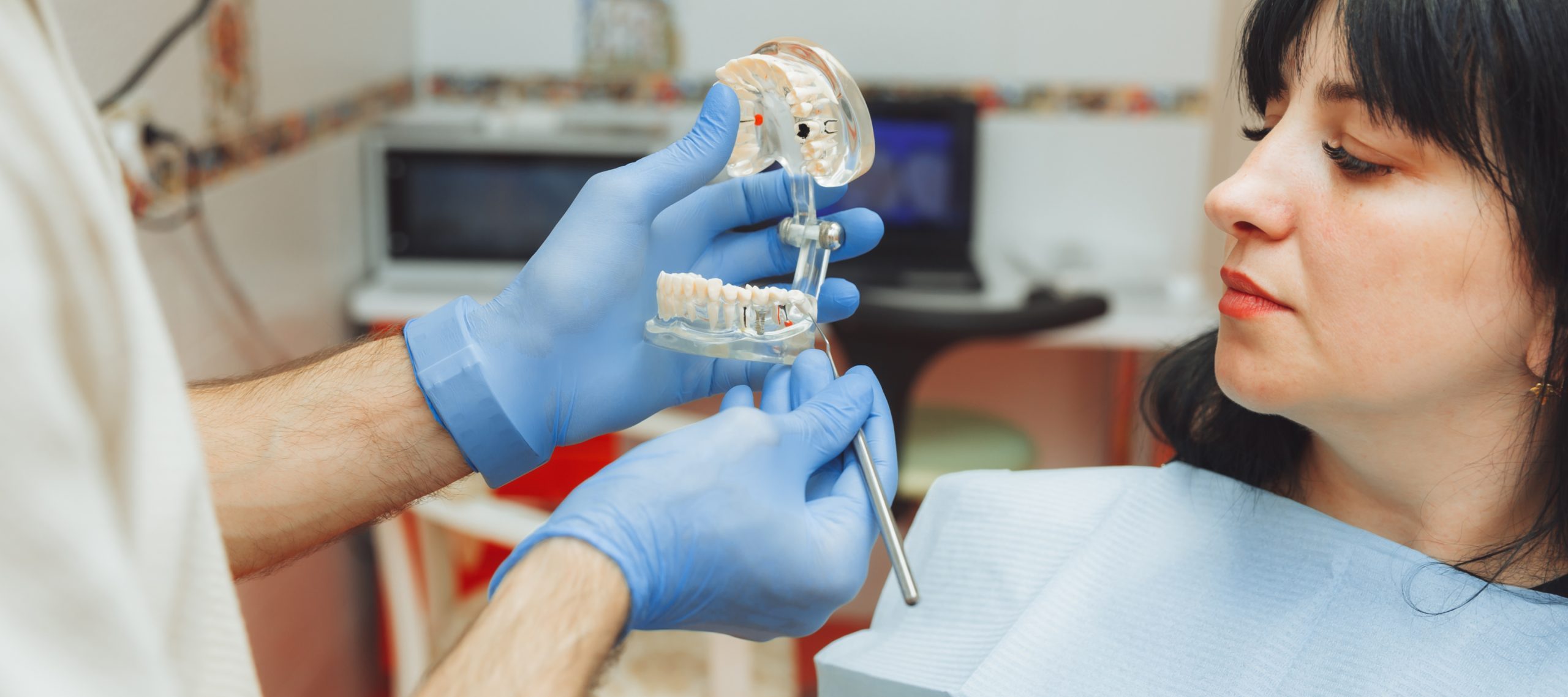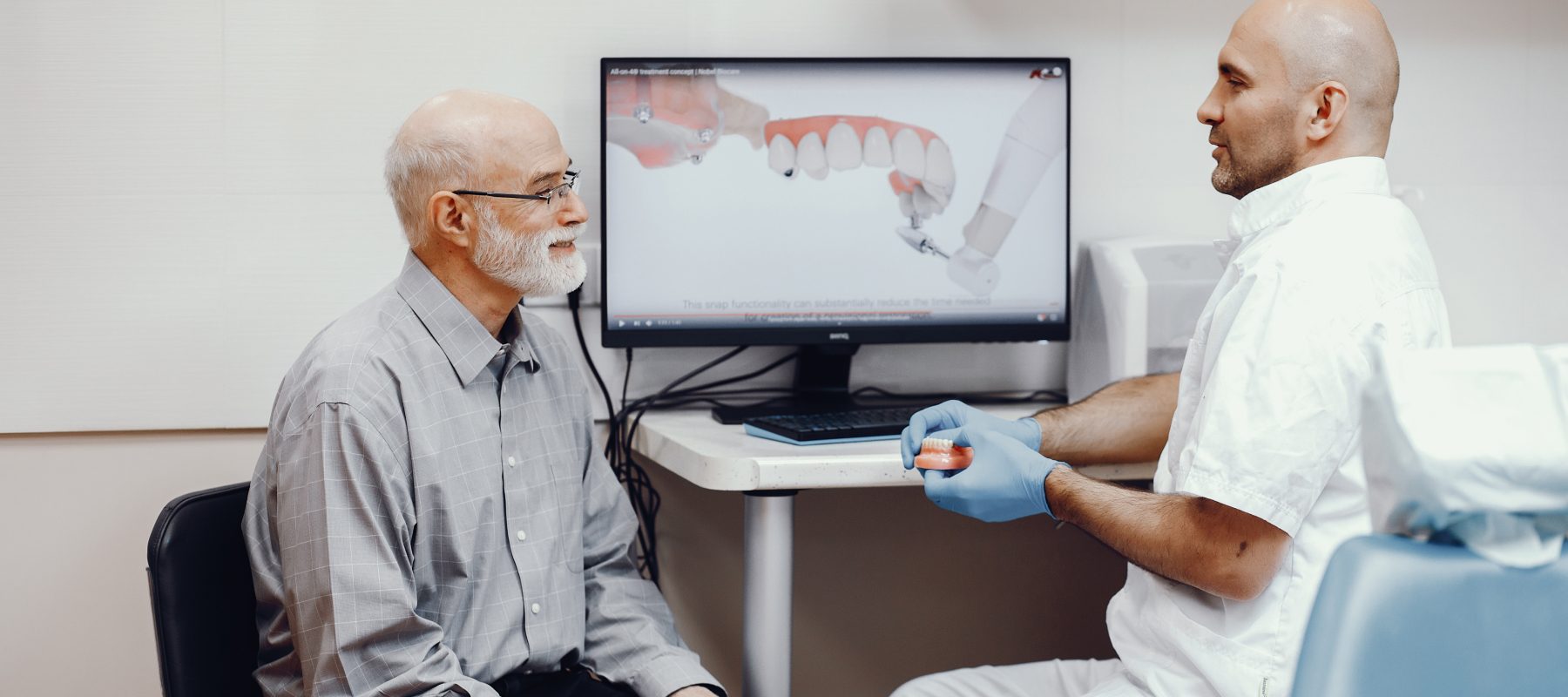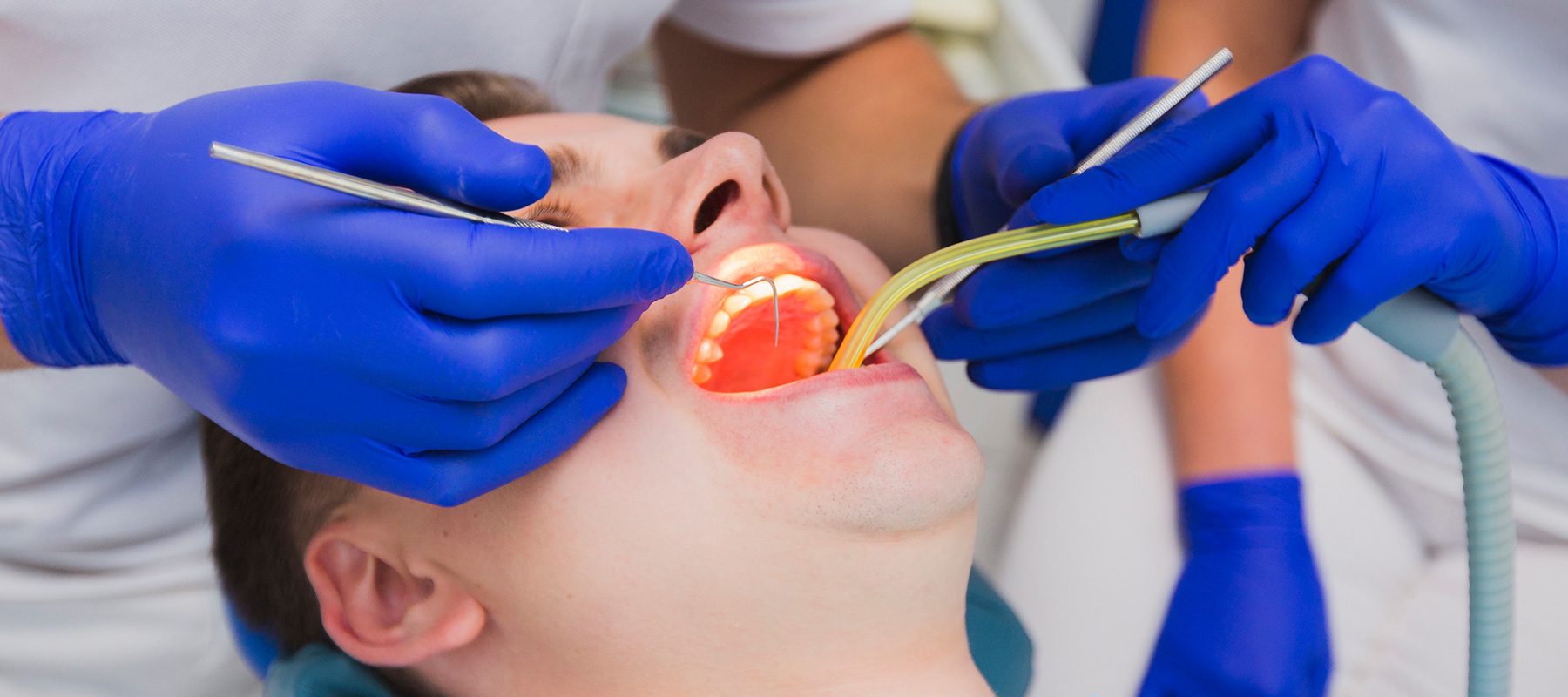As the name sounds, Restorative dentistry refers to the restoration of broken or damaged teeth. Today’s dentistry industry offers multiple advanced treatments that significantly improve teeth’ functionality. Treatment is one popular dental treatment that aims to recover the efficacy and appearance of broken or damaged teeth. Restorative procedures’ primary focus is improving oral health and chewing ability.

Broken teeth often affect chewing ability and cause complications during eating. However, you can restore your teeth’ functionality with the right therapeutic treatments. Although today’s dentists usually use these restorative procedures to repair or restore damaged or dysfunctional teeth, the term restorative dentistry may sound new to you. This article aims to enlighten you about this advanced dental procedure.

What is Restorative Dentistry?
Treatment is often called “Reverse Engineering” in the dentistry industry. Restorative cosmetic dentistry is a group of dental procedures that aim to restore oral functions by replacing or repairing broken, damaged, or missing teeth. Sometimes, your previous dentist may fail to spot a dental issue, so they often perform the wrong dental surgery or a misleading procedure.
This restorative dental procedure usually corrects faulty dental work your previous dentist did. Furthermore, this corrective dental procedure aims to fix the teeth gap, a gum-infected tooth, or a series of misaligned teeth.
Who Needs Restorative Dental Treatment?
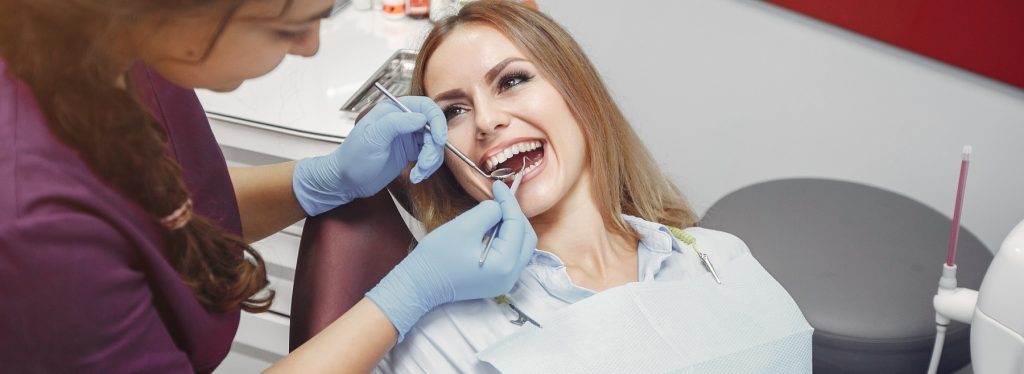
Today, a lot of dental complications are treated by restorative dental procedures. However, these procedures were specially invented for people suffering from
- Dental Cavities
- Damaged or lost tooth
- Misaligned teeth
- Inability of chewing
Remember, it’s always your dentist’s call to decide whether you need a therapeutic treatment. Therefore, you must visit a reputed dental clinic and have the dentists examine your teeth condition.
What are some popular procedures for restorative dentistry?
Numerous dental treatments are available; however, not every treatment is appropriate for oral needs. Sometimes, a dental X-ray is required to understand what restoration treatment you need the most. Here are some popular restorative dentistry procedures.

Root Canal Treatment
Root canal treatment treats an overly damaged tooth by treating its pulp. When bacteria or germs come across the pulp of your teeth, it often leads to a severe tooth infection. Here, the term pulp refers to your teeth roots. So, when your teeth are infected from their roots, they require an advanced restoration like a root canal treatment.
During a root canal procedure, a dentist aims to eliminate your infected pulps from the teeth. It’s like removing the problem from its roots. Your infected pulps might include some minor nerves; hence, your dentist must be careful while performing this root canal treatment. After removing infected pulps, your dentist safeguards your teeth by offering the proper filling. Also, your dentist might use some dental crowns as an alternative to your damaged or infected teeth. This procedure provides a sustainable solution to those suffering from a damaged or infected tooth.
Fillings
Overexposure to gum and bacteria often impacts your teeth’s enamel, eventually leading to a big hole. This condition is usually diagnosed as a cavity. Small or early-diagnosed cavities can be treated via dental fillings. Here, your dentist eliminates the damaged or decayed portion of your teeth and then uses a tooth-alike material to fill the gap. Although dental fillings are an effective treatment for restoring cavity-prone teeth at the early stage, severe oral conditions like excessive cavities or gum recession might require more advanced treatments.
Dental Bridges
Dental Bridge refers to replacing a broken or missing tooth. This bridging procedure aims to replace your missing teeth with artificial teeth. If implemented properly, these artificial teeth look very natural. During the procedure, your dentist will first align the dental bridge with your natural teeth on both sides. The dentist will then fill the gap using artificial dental crowns. This procedure can help you regain your teeth’ natural appearance without causing any side effects.
Inlays & Onlays
If your cavity is too severe and can’t be treated via filling, your dentist will perform an inlays or Onlays procedure. This procedure requires customized dental crowns that fit appropriately in their place. The dentist aims to bond these customized restorations to last a lifetime. Both inlays and onlays restorations have the same benefits. These restorations can seal the gap between teeth and improve oral hygiene.
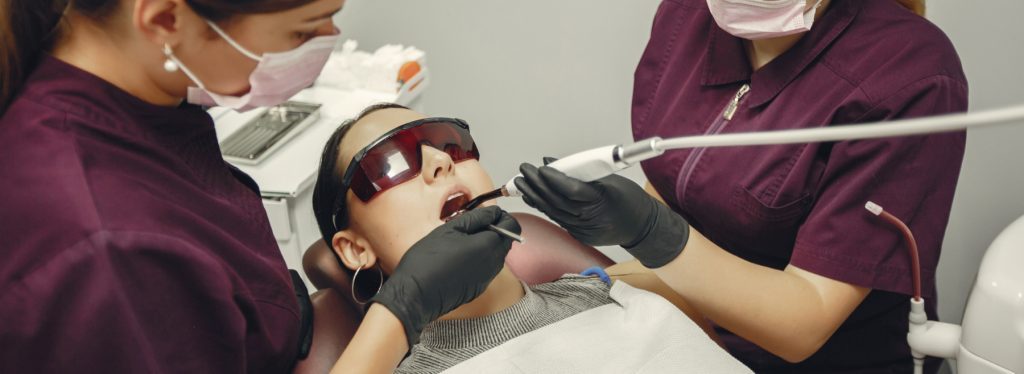
What Are Some Benefits of Restorative Dentistry?
Opting for advanced dental treatments like restorative procedures can significantly improve your teeth’s functionality and appearance. Here are some of the many reported benefits of Restorative dentistry.
- Compared with traditional dental treatments, restorative procedures improve oral aesthetics and functionality more efficiently.
- This treatment approach aims to save your natural teeth. It restores the natural structure of your teeth and minimizes the need for excessive dental treatments in the future.
- Compared to traditional dental procedures, this advanced restorative procedure takes little time to produce the desirable result. Instead, it offers significant improvements in a very short time. Also, this restorative procedure is not so painful and provides more comfort to the patients. Here, the entire procedure gets done within a few appointments.
- It empowers your chewing ability and restores natural oral functions.
- Offers sustainable results. Therefore, you can consider it a fruitful investment for your teeth, reducing the risk of oral complications in the future.

Final Thoughts
Restorative dentistry is a perfect example of how the dental industry is becoming more advanced daily. These advanced procedures protect, restore, and rebalance your oral functionality. From offering well-aligned teeth to reducing the risk of future complications, restorative procedures provide solutions for various dental issues. Remember, qualified dentists are always here to restore your oral health. All it requires is some awareness from your side.
Keep following World of Heal for more blogs and updates on health and wellness. We have exciting guest posting opportunities—contact us at affiliates[@]prasarnet[.]com!

Rayan works closely with Eastpoint Digital, a reputed content marketing agency in California. He is dynamic in promoting and publishing blogs across various sites, focusing on generating quality backlinks to boost online visibility.







